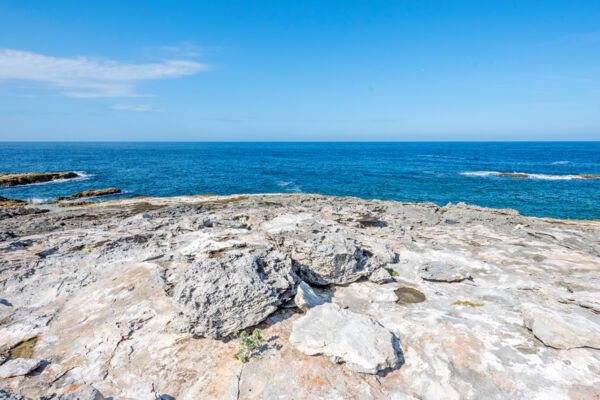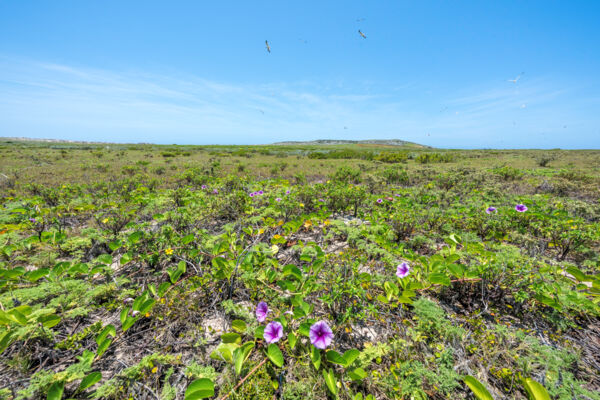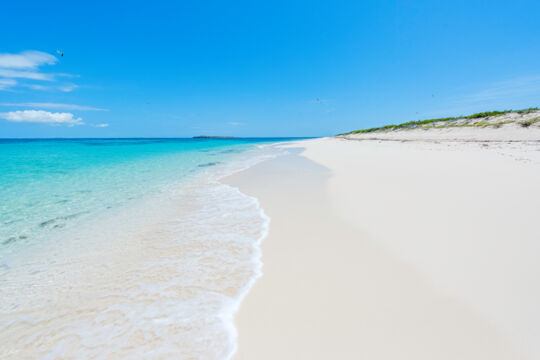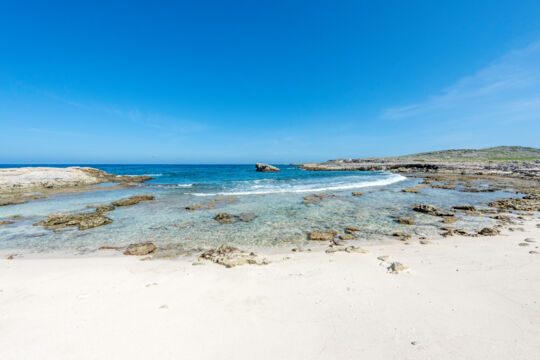East Cay Turks and Caicos

East Cay is an uninhabited island on the Turks Islands Banks, and the easternmost island in the Turks and Caicos. The cay is also known as Martin Alonzo Pinzon Cay, although the older East Cay name is more commonly used, likely due to the simplicity. The island is part of the Grand Turk Cay Land and Sea National Park, and has a collective land mass of about 107 acres (43 hectares).
East Cay is quite a beautiful island. An excellent and calm beach is found on the north-western leeward side of the cay. A smaller wave-swept and rugged beach is located on the eastern side of the island, and is bordered by limestone coast. Large amounts of flotsam accumulates on this beach. The remainder of the cay’s coast is low limestone ‘ironshore’ coast.
The name East Cay has been in use for centuries. In the mid-1990s, the island was renamed Martin Alonzo Pinzon Cay, around the time of the creation of the Columbus Landfall National Park on Grand Turk. This rebranding was likely an attempt to bring attention to the theory (which does have some weight) that Christopher Columbus in 1492 made first landfall in the New World on Grand Turk. Pinzón was in command of one of the three vessels in Columbus’s first expedition, and he likely visited or revisited the Turks and Caicos after the first landfall event.
Flora and Fauna

East Cay is quite important from an environmental perspective, especially regarding seabird nesting and turtle nesting. The Turks and Caicos Islands rock iguana (Cyclura carinata) is also present on the cay.
A large and flat dune plane covers much of the north-western side of the island, and this plane is quite scenic, with a range of pear cactus, Turk's head cacti, flowering vines and shrubs, and other coastal plants.
Least terns, brown noddies, sooty terns, laughing gulls, and white-tailed tropicbirds nest on the cay, with each type of bird favoring its own specific types of terrain for their colonies and nests. Another remarkable feature are the Turk's head cacti patches, which are primarily located on the low southern hills on the cay.



